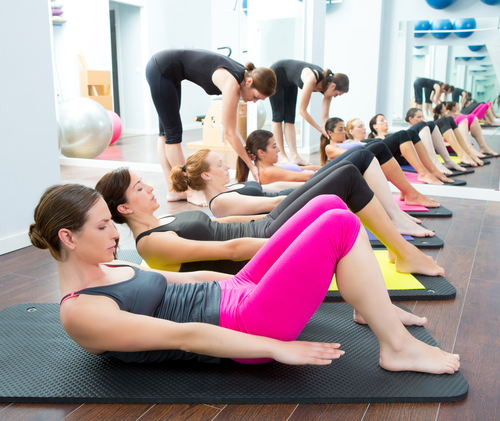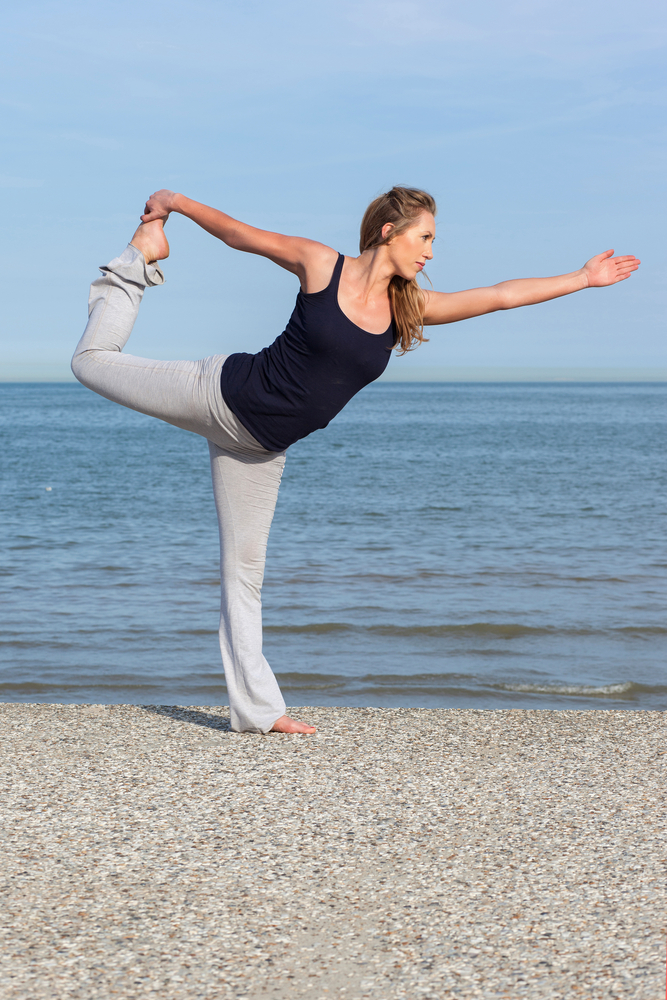 If you have back pain, you are not alone. Back pain is common in all age groups and levels of fitness. Maybe you’ve heard that strengthening your core can help alleviate back pain, so you take a Pilates class or you do daily planks. Both are great, but most people only focus on the transversalis muscles — the deep muscle tissue located in the front of your abdomen.
If you have back pain, you are not alone. Back pain is common in all age groups and levels of fitness. Maybe you’ve heard that strengthening your core can help alleviate back pain, so you take a Pilates class or you do daily planks. Both are great, but most people only focus on the transversalis muscles — the deep muscle tissue located in the front of your abdomen.
That’s an essential part of strengthening your core, but it’s not the whole story. The muscles of the back — particularly the multifidus muscles — are an integral part of our core that are often overlooked. The key to free yourself from back pain, prevent injury from exercise or sports, and have a more powerful body, is to strengthen your muscles on all sides of your spine — or as I like to call it, your hidden core.
Fortunately, our culture is making a slow shift from disease treatment to the promotion of health through prevention. Core strengthening can shield the structures of the back. This approach is a bit generalized but it can serve as a base for all types of sports and exercise.
How To Build Your Core
1. Emphasize the posterior core.
Most of us start with relatively more strength in the abdominal muscles than in the back muscles. The core is a set of muscles that wrap around our body. The muscles that are behind us — what I call the hidden core — end up being the most important and should be overworked in the beginning to create more symmetry.
2. Emphasize endurance over power.
Core training should start with higher reps to create endurance. This focuses on the primarily slow-twitch muscles that are responsible for posture and stability. The plank and the bird-dog exercises illustrated in my book can be done progressively for increasingly longer periods of time.
3. Emphasize strength over stretching.
Many therapists focus on stretching to help with back pain, but too much stretching compared with strengthening can create vulnerabilities. Strengthen first and once there is a baseline of strength, add stretching.
 4. Understand the difference between bending the back and hip-hinging.
4. Understand the difference between bending the back and hip-hinging.
Understanding and implementing this concept is essential. Awareness starts with understanding that as you bend your back, you have a choice between bending your back and performing the same task with your back locked straight and rotating your pelvis forward (a hip hinge). Hip-hinging is much safer. As you gain technique for bending and the strength to hold it, you will gain back protection.
5. Exercises should be designed to functionally utilize several muscle groups simultaneously.
This is called neuromuscular training. The idea is to train movements and not muscles.
6. Exercises should be done standing or occasionally on one leg at a time.
This improves balance and the concept can be seen in many forms of yoga. Improving balance will, also, prevent injuries.
7. Use exercise to improve in several areas.
Exercise shouldn’t exclusively focus on building strength, but also on improving form and posture.
Benefits Of A Strong Hidden Core
- — Starting with the core is essential as it encases the nervous system which, of course, is the true enabler of all sports activities.
- — Strengthening the core will maximize your power in your arms and legs.
- — Building the core will have the most potent aesthetic effects on the appearance.
Unfortunately, injuries will always be a part of sports. The two most commonly encountered back injuries from sports are the herniated disc and spondylolysis, both of which can be partly prevented with a strong core, neuromuscular and balance training, and an emphasis on form and posture during training.
Pushing your body to the limit is natural for many athletes and fitness enthusiasts, but with a strong hidden core, you greatly reduce your risks of injury, and you can make your body be a stronger instrument at your sport or exercise of choice. Your true strength isn’t measured by how much you can bench press, but on the strength of your core — especially the hidden muscles in your back.
Source: www.mindbodygreen.com; Dr. Patrick Roth; September 6, 2014.







